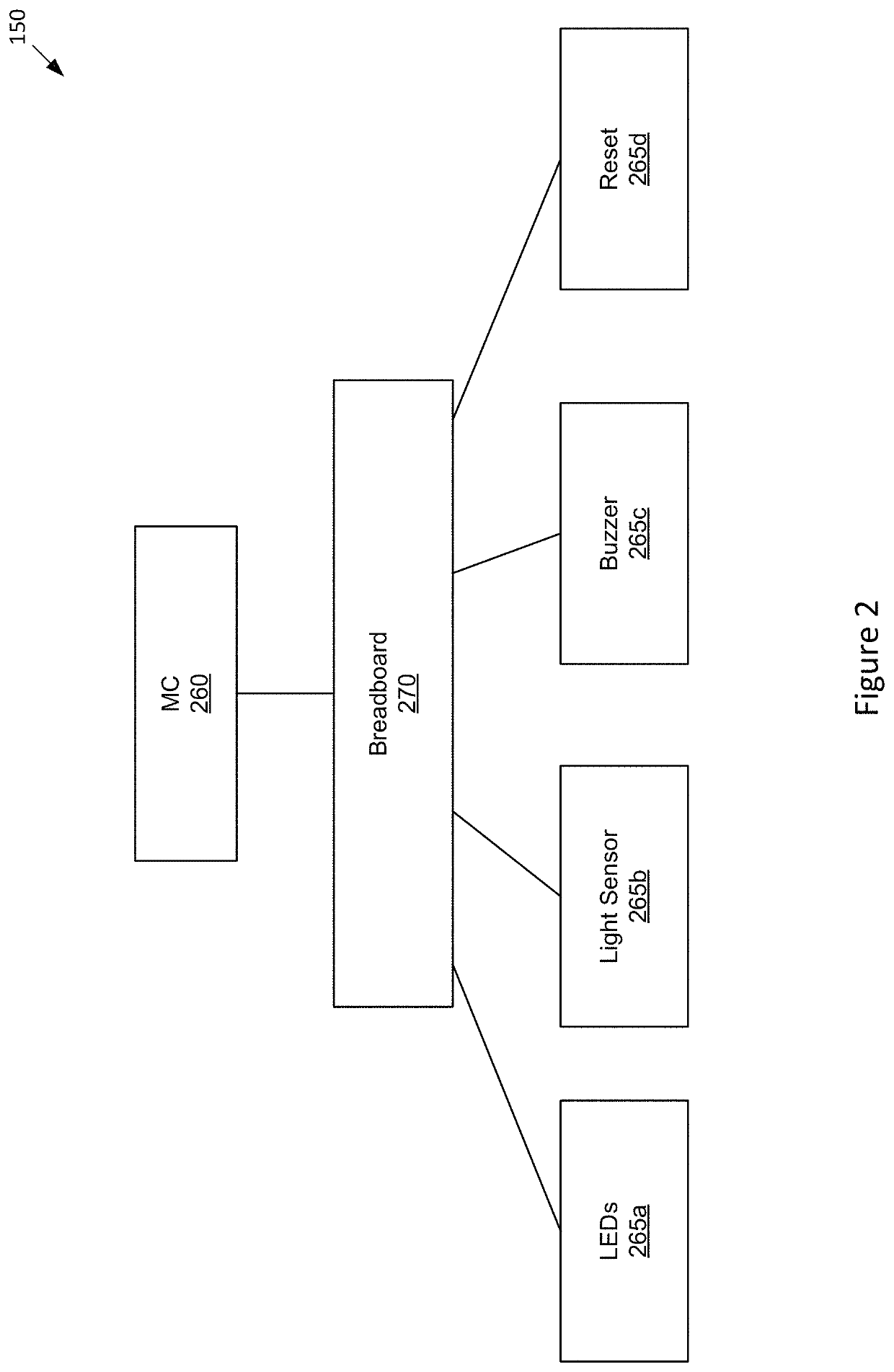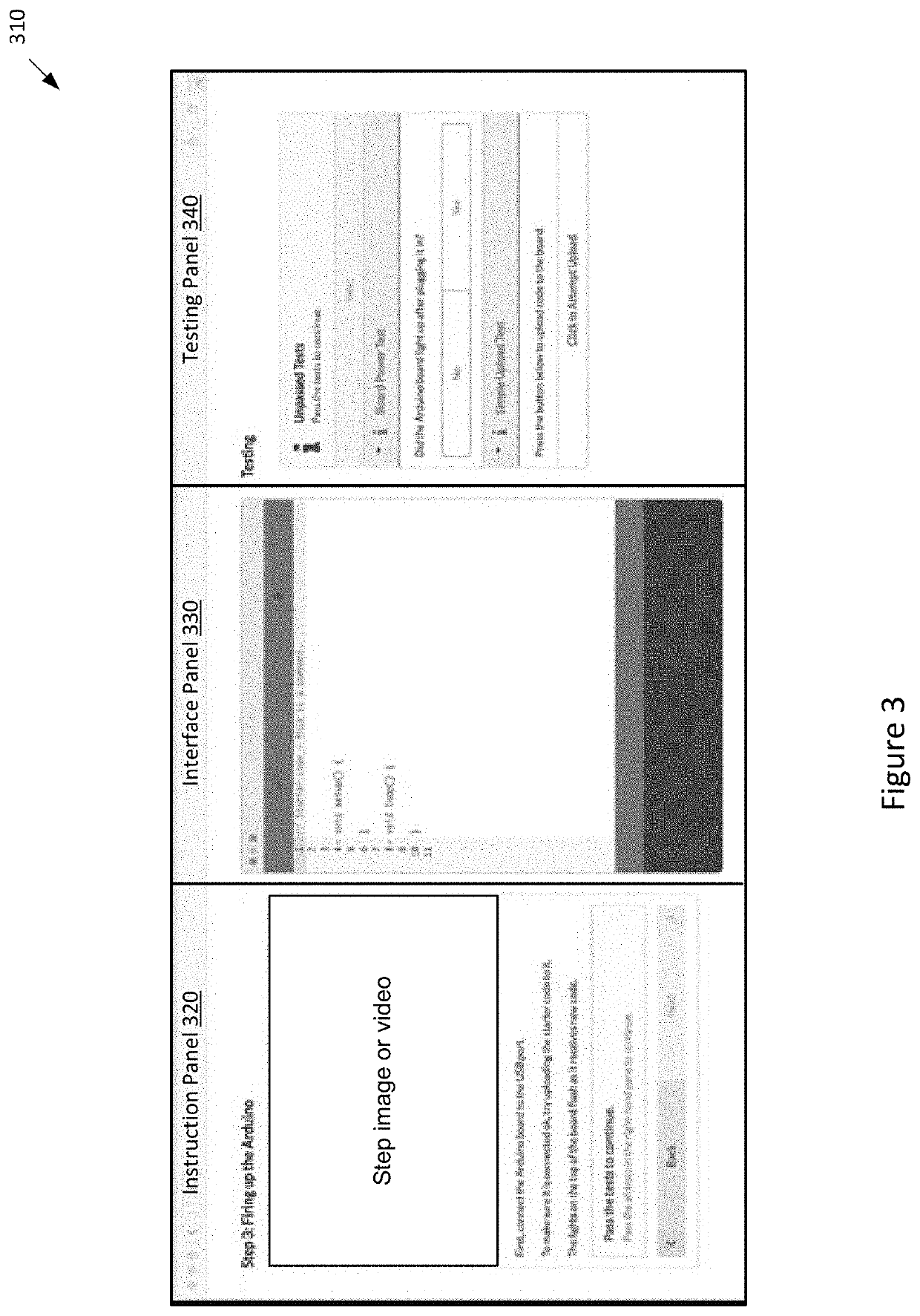Tutorial-based techniques for building computing systems
a technology of computing system and tutorial system, applied in the field of tutorial system, can solve the problems of confusion and frustration of users performing tasks, derail the tutorial for the task, and the conventional tutorial system is not effective when presenting tutorials, so as to reduce the time needed to complete, monitor and control the progression of steps, and facilitate progress.
- Summary
- Abstract
- Description
- Claims
- Application Information
AI Technical Summary
Benefits of technology
Problems solved by technology
Method used
Image
Examples
Embodiment Construction
[0001]Embodiments of the present invention generally relate to computer-aided tutorials and, more specifically, to tutorial-based techniques for building computing systems.
Description of the Related Art
[0002]Conventional tutorial systems that are designed to teach users how to use various software applications typically present a tutorial to a given user that include a series of steps related to a particular software application that are to be completed by the user. A few conventional tutorial systems also implement one or more reactive elements that monitor the activities of a user during the presentation of a given tutorial, whereby the tutorial advances the user to the next step in the series of steps when the user successfully completes the current step in the series of steps. Such “reactive” tutorial systems are designed to respond to the different actions and progressions of the user. These types of tutorial systems are typically effective in teaching users software-based task...
PUM
 Login to View More
Login to View More Abstract
Description
Claims
Application Information
 Login to View More
Login to View More - R&D
- Intellectual Property
- Life Sciences
- Materials
- Tech Scout
- Unparalleled Data Quality
- Higher Quality Content
- 60% Fewer Hallucinations
Browse by: Latest US Patents, China's latest patents, Technical Efficacy Thesaurus, Application Domain, Technology Topic, Popular Technical Reports.
© 2025 PatSnap. All rights reserved.Legal|Privacy policy|Modern Slavery Act Transparency Statement|Sitemap|About US| Contact US: help@patsnap.com



